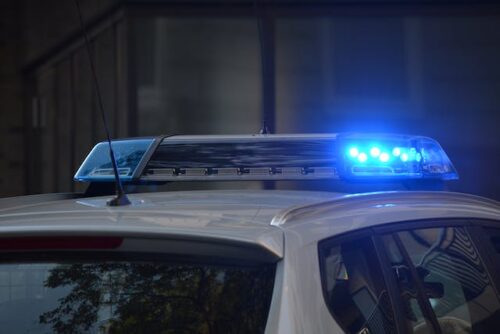
In the United States generally and New Jersey specifically, national and state constitutions make it illegal for police officers to stop, search, or take property from someone without probable cause. That means the police must have reasonably trustworthy information that the person whom they stopped, searched, or took property from was about to or had committed a crime. Sobriety checkpoints, however, are legal in New Jersey. Several cases exist regarding sobriety checkpoints in the United States, but this article will explain how two such cases have affected New Jersey state law. Telling the difference between a legal and illegal sobriety checkpoint can mean the difference between getting your charges dismissed and a hefty drunk driving penalty. Keep reading to learn how to do this, and if you need legal advice regarding a sobriety checkpoint or any other criminal law question, call a Bergen County DUI lawyer right away.
American Jurisprudence and Sobriety Checkpoints
As early as 1985, the New Jersey Superior Court ruled on sobriety checkpoints. In State v. Kirk, 202 N.J. Super. 28 (1985), the Court indicated that sobriety checkpoints were legal so long as they complied with 13 restrictions on time, manner, and place.
Five years later, the national Supreme Court would rule on sobriety checkpoints in Michigan Dept. of State Police v. Sitz, 496 U.S. 444 (1990). There, Justice Rehnquist stated in the majority opinion that the sobriety checkpoints did not violate the Fourth Amendment regarding unwarranted searches and seizures.
Considerations for a Legal Sobriety Checkpoint
To be legal, sobriety checkpoints must have a lawful and legitimate purpose. That purpose cannot be simply to arrest drunk drivers. What may be a legitimate purpose is reducing the frequency of drunk driving on a road shown by statistical data to be a location where drunk driving occurs often.
Only higher-ranking police officers, like a captain, can decide on setting up a checkpoint. Authority figures within the police are supposed to approve and direct sobriety checkpoints at a specific location during a specific time. If the police choose to use more than a single blockade, this must be done during the same day and the same hours. The public must have had prior notice of the checkpoint.
Physical Features a Legal Sobriety Checkpoint Needs
Every sobriety checkpoint must have certain physical features. Approaching drivers must also see notice of the sobriety checkpoint, usually involving a combination of signs, lights, and cones. Signs may be used to guide drivers toward the checkpoint.
Police Conduct at a Legal Sobriety Checkpoint
After a car enters the checkpoint, the police officer may ask to see the driver’s license, registration, and proof of insurance. Drivers may be detained at the checkpoint as the officers check them for signs of intoxication, but this detention cannot be unreasonably long.
To pick the cars stopped, police officers are required to use a neutral formula with specific criteria, unconnected to racism or other forms of discrimination. Stops cannot be random and officers cannot stop every car. A possible formula is stopping every sixth or seventh car. If the driver has all their documents and no signs of intoxication, they are free to go.
A driver may be stopped if the officer detects alcohol. At that point, the officer may tell the driver to perform a field sobriety test. Failing the field sobriety test could lead to the driver being charged with driving while under the influence.
However, if the sobriety checkpoint lacks any of the above, it might not be legally valid. Proof of a defective sobriety checkpoint would serve to invalidate arrests and charges arising from that checkpoint.